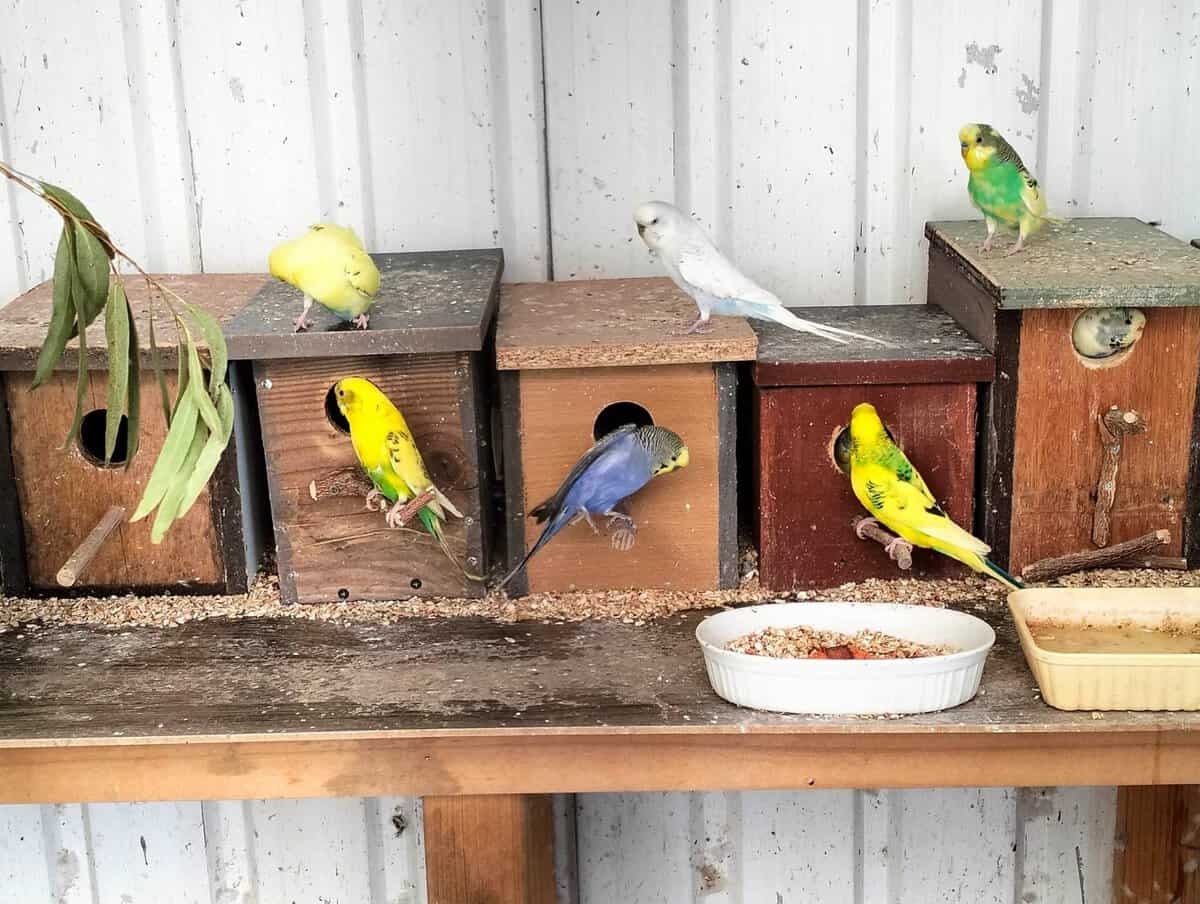The Budgerigar Council of South Australia is proud to offer its guide to budgies as pets, also known by the names budgerigars as well as parakeets. Pet owners all over all over the world are attracted by these tiny, playful birds. The budgie is a small bird that has gained a reputation as lovable, intelligent and engaging. It is a close second to the popular cat and dog.

It is essential to understand their temperament and requirements before you welcome them into your home. This guide will provide you with all the information you need to ensure the best possible health and happiness for you and your pet.
A Social Butterfly in the form of a tiny body
Budgies thrive with companionship. In the wild, budgies are in large groups of budgies who are constantly chirping, interacted, and communicating with one another. A single budgie might bond with its owner when they receive much attention. But it is best to have an animal companion. If you’re not able to manage two birds, then you should you should spend time with only one bird to prevent loneliness.
Chatterboxes which are the perfect way to get a Flair to mimic
One of the most adorable qualities of a pet budgie is their capacity to mimic sounds. With patience and training, the budgies are able to learn of words and phrases, bringing a an enjoyable layer of fun to their chirps and whistles. The vocabulary of budgies can differ. Some budgies will become chatterboxes while others are content to whistle. Their playful vocalizations will bring a smile on your face, regardless of how good they are at talking.
Rainbow on Wings
Budgie birds are available in a variety of colors. From the traditional combination of light blue and yellow to vibrant shades of green violet, and white. Breeders have come up with a variety of changes throughout the years, so you’re certain to find a feathered friend which is in line with your personal style. Color variations can signify gender and age in birds which is why they make an excellent topic for conversation.
Living Large in Small Spaces
Although budgies are small, they still require ample room to fly, climb, and explore. The minimum cage size is 20 inches in length 12 inches in width and 18 inches tall. It’s better to go bigger! Set up perches with varying sizes and textures to keep your budgie engaged and to rotate their toys often to prevent boredom. It is beneficial to expose the cage to natural sunshine, but never expose it to the direct light for too long.
A Budgie-Approved Diet
A healthy budgie bird diet consists primarily of a high-quality pelleted food formulated for small parrots. This provides them with the essential nutrients they need to live a healthy life. Include in their pellet diet fresh fruits and veggies like chopped leaves, arugula, and apples (be certain to take out the seeds). Cuttlebones are vital for maintaining their beaks and providing them with minerals. Ensure that they have the freshest, clean water.
The ability to build a relationship with your feathered friend
To manage your pet it is necessary to be patient and a gentle touch. Begin by gently touching the cage while talking to your pet. To build trust, offer treats such as millet spray through the bars of the cage. Once your budgie feels comfortable with your presence, you may try to get inside the cage and allow them to perch on your finger. The process can take up to a few days, therefore, be patient but not insistent.
A Lifetime Dedication
According to how they’re treated, budgies may be able to live between 10 and 12 years. Take a look at your lifestyle, and if you can commit for the long-term. Are you able to maintain a daily routine in a pleasant environment, as well as a clean home? A budgie is an excellent pet that will enhance your life. It will bring you delight with its cheerful chirps as well as fun routines.
The Budgerigar Council of South Australia promotes responsible pet ownership. If you have queries or concerns about caring for your feathered friend, don’t hesitate to consult an avian veterinarian for expert guidance.
